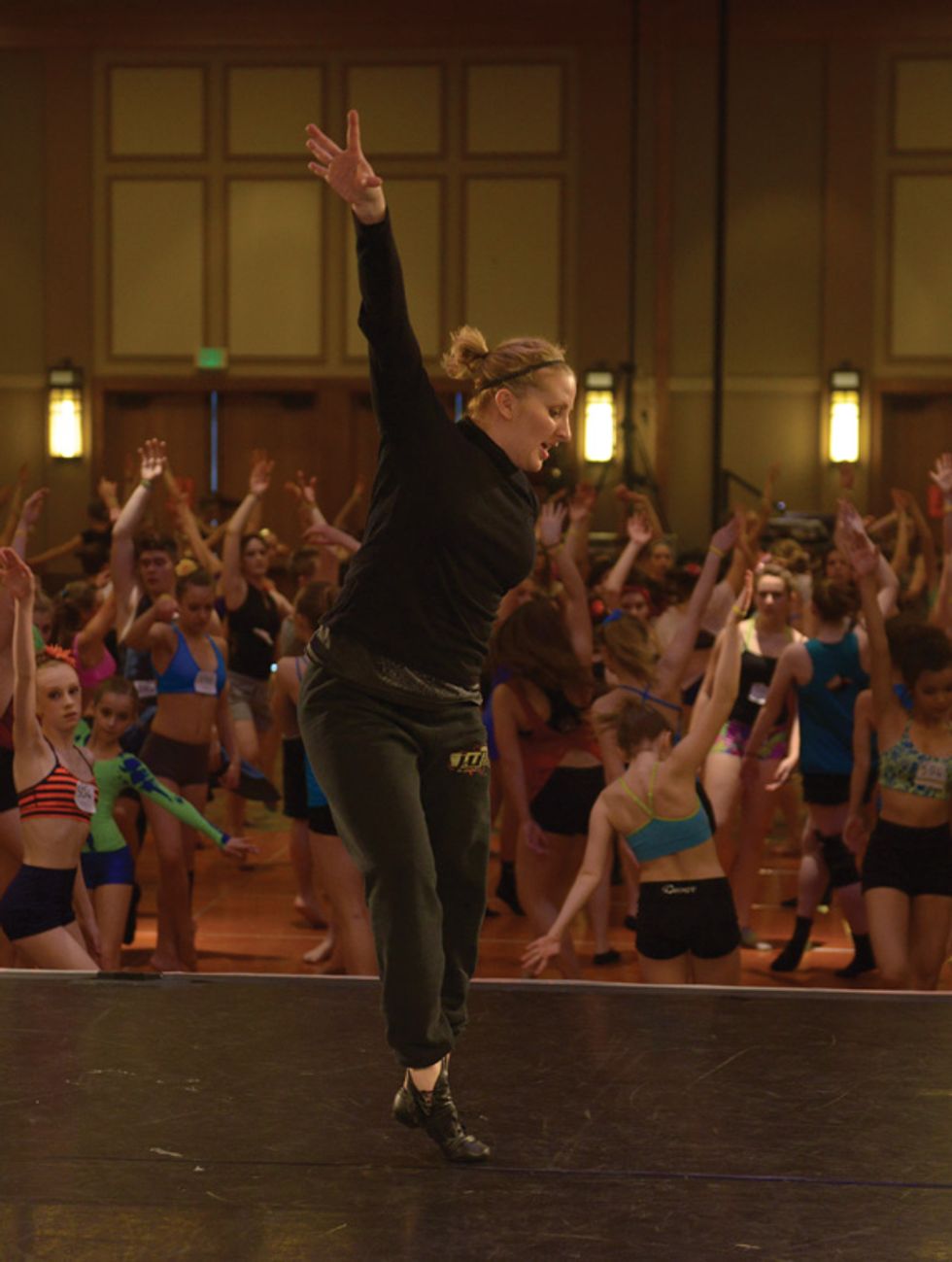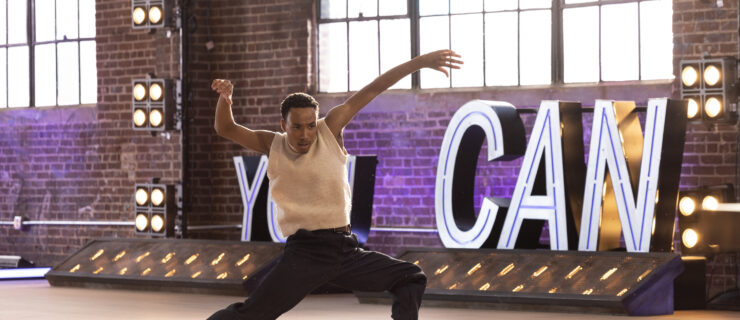Don't Make Me Repeat Myself
It’s not easy being a competition judge. These dedicated dance lovers sit on a panel for hours at a time, carefully analyzing every move onstage. Sure, it’s a rewarding job—they get to see so much incredible talent—but it can also be frustrating making the same comments all weekend long. So what are these judges tired of saying? We got industry pros Mandy Moore and Ray Leeper to spill.

(Photo by Break the Floor Productions)
Mandy Moore’s Most Common Critiques
What emotion are you trying to convey?
“What am I supposed to feel from this routine? If I turned off the music, would I be able to understand what you’re doing? So many times, dancers rely on a great song or concept and fail to bring any artistry to the routine themselves. Just because it feels good to you doesn’t mean the audience is feeling the same thing. Be a storyteller, not just an athlete.”
Learn how to dance together.
“One of the best things a dancer can learn is spatial awareness. If you can move in a formation onstage, that will help you stay on your mark when you’re on set for a TV show or a movie.”
Listen to your music.
“Get into the music and swim around in those accents. Find the beat and don’t rush. Learn how to count music—not just boom, boom, KA! There are always counts, and when you find them, they’ll help everyone stay in sync.”
Clean your routine.
“Please don’t perform a routine for the judges until you’ve put in the time to make it great. Sharpen your skills together so you can understand when something is off. If everyone understands where the movement is coming from, the routine will almost clean itself.”
Work on your basics.
“I feel silly saying this: You and your teachers pay too much money to get to competition only to have me tell you to point your feet, lengthen your necks and pull up out of your hips. All that should be mastered before you hit the stage. I want to make you better artists—I don’t want to have to spend my time discussing things you should already know.”

(Photo by Break the Floor Productions)
Ray Leeper’s Most Common Critiques
Use your props.
“I’ve seen routines where the dancers began on a prop that was placed upstage center. They did the intro of the routine on the prop, came forward to dance and didn’t go back to the prop until the ending pose. It’s important to remember that if you bring a prop or a large set piece onstage, it should be integrated into the entire routine. Otherwise, the judges will begin to wonder why you aren’t using it—and to lament the wasted time, energy and effort it took to build the prop and preset it at competition.”
Work your feet through your transitions.
“Dancers are trained to point their feet and turn out when doing an extension, pirouette or any position where the foot is off the floor. But I find dancers aren’t paying enough attention to their feet when they’re actually on the floor. For instance, when stepping out of an extension or battement, you should be turning your foot or leg out as it’s placed back on the floor. This attention to detail during transitions is the true mark of a dancer who is aware of her technique.”
There’s too much stuff.
“I see so many routines that are overchoreographed. There’s no need to create movement for every accent, lyric and syllable in a song. It’s important to leave time to breathe—not just for the dancer, but for the audience, too. As dancers, we express ourselves with our bodies—but if too much is being said movement-wise, it’s difficult for the audience to understand. Sometimes our strongest statements onstage come from moments of stillness.”




